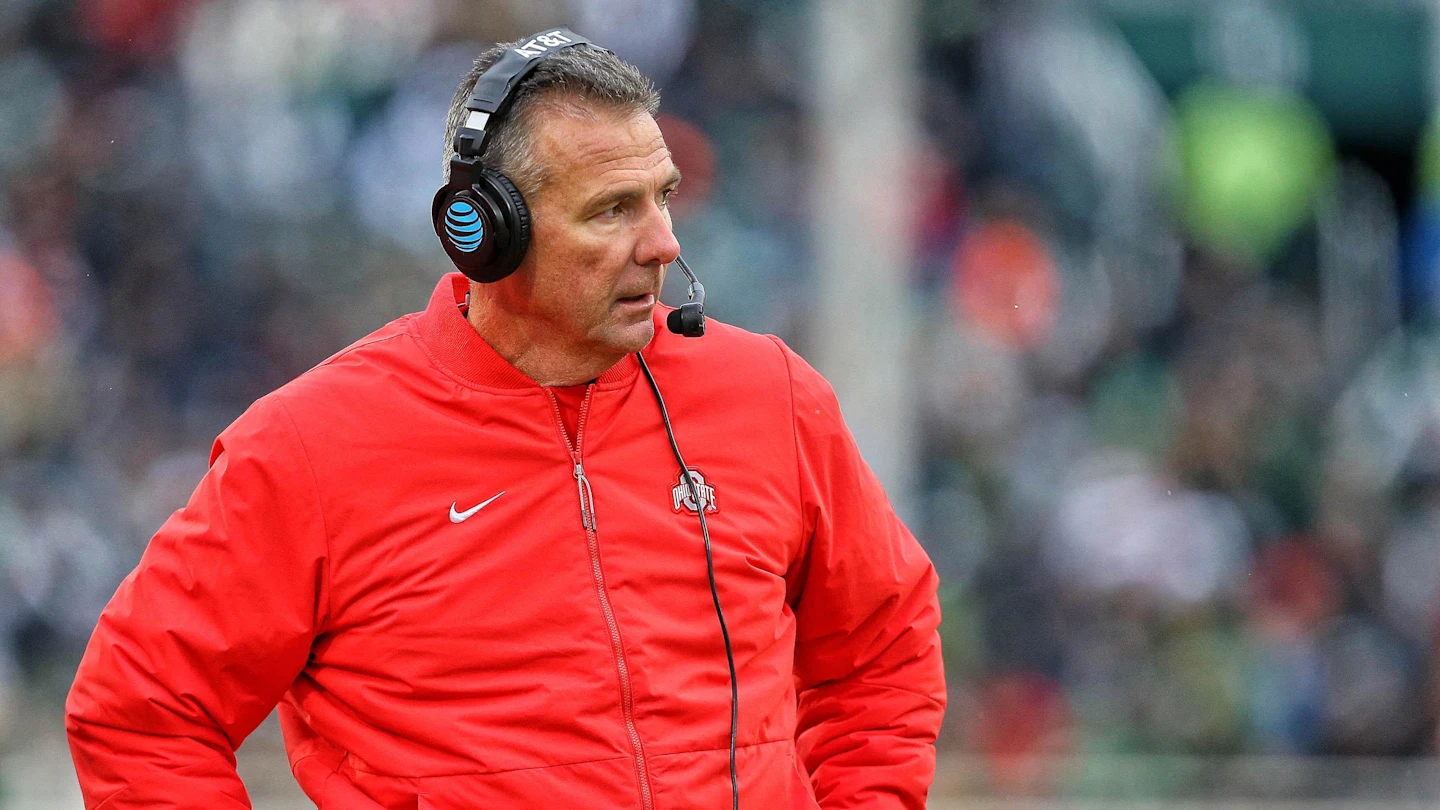Early in its career, MSU football took into consideration a legendary rival coach.
Michigan State University (MSU) football has a storied history that includes some of the most memorable moments in college football. From the earliest days of the program to its rise as a national contender, MSU’s success was shaped by many factors. Among the most influential were the rivalries that the Spartans developed with neighboring teams, and none were more significant than the battles with the University of Michigan (U-M). In this context, the role of legendary rival coaches, particularly Michigan’s own Bo Schembechler, cannot be understated.
The history of Michigan State football in the early years is intrinsically linked to the growth of college football itself. The Spartans became part of the larger narrative that would see the rise of Big Ten football as a major force in the national scene. Michigan State’s football journey began in earnest in 1896 when they first fielded a team, but it was in the 1950s and 1960s, when MSU became a powerhouse under coaches like Duffy Daugherty, that the program truly began to gain recognition.
The Early Rivalries
Rivalries are an essential part of any college football program, and Michigan State was no exception. The rivalry with the University of Michigan became one of the most fierce and enduring in college football history. Michigan, with its deep traditions, dominant teams, and long-standing football heritage, presented a significant challenge to MSU.
In the early days, Michigan’s program was led by coaches who had their own legendary legacies. The rivalry between the two schools set the stage for decades of competitive football. But it was in the 1960s, with the arrival of Bo Schembechler at Michigan, that the rivalry truly reached a new level of intensity.
Bo Schembechler’s Impact
Bo Schembechler became the head coach of Michigan in 1969, and almost immediately, he turned the Wolverines into a national power. His leadership, determination, and no-nonsense approach became synonymous with Michigan football. Schembechler inherited a team that had potential but was lacking direction, and he quickly transformed it into one of the most formidable forces in college football.
Under Schembechler, Michigan embraced a hard-nosed, physical style of play that defined the program for decades. This style of football matched up perfectly with Michigan State’s own tough, blue-collar mentality. For MSU, the rivalry with Michigan would become a central part of their football identity. But it was not just the game itself that shaped the early years of Michigan State football—it was how the Spartans responded to the challenge posed by Michigan and its legendary coach.
Duffy Daugherty and Michigan State’s Rise
Duffy Daugherty’s tenure at Michigan State, which began in 1954, is often seen as the turning point for MSU football. Under Daugherty’s leadership, Michigan State would win several Big Ten championships and become a regular fixture in the national rankings. The Spartans reached their pinnacle in the late 1950s and early 1960s, with Daugherty guiding MSU to national prominence.
Daugherty’s influence on the program cannot be overstated. He was not only a great recruiter but also a brilliant strategist who understood the importance of developing players who could compete at the highest level. During his time as head coach, Michigan State became a magnet for talented athletes, including several African American players who were recruited to the team during a time when racial integration was still a contentious issue in college football.
But it was Daugherty’s ability to build competitive teams capable of taking on Michigan that defined his legacy. The Spartans’ early successes against Michigan—especially in the years leading up to and including 1965 and 1966—established Michigan State as a serious challenger to the Wolverines’ dominance in the Big Ten.
The 1965 and 1966 Seasons
In 1965, Michigan State football reached one of its highest points under Duffy Daugherty. The Spartans went undefeated in the regular season, clinching the Big Ten title and a spot in the Rose Bowl, where they faced UCLA. Although they didn’t win the national championship, MSU’s success was undeniable, and the program had earned national respect.
The 1966 season, however, was perhaps the most defining year for Michigan State. The Spartans had a powerhouse roster, led by future NFL stars like George Webster, and had a chance to win the national championship. They finished the regular season with a perfect record, but the rivalry with Michigan still loomed large. MSU’s game against Michigan that year was one of the most anticipated and hard-fought battles of the season, with both teams playing for dominance in the Big Ten. Although the game ended in a tie, the intensity and competitiveness of the rivalry were fully on display.
The season was marked by controversy, especially after Michigan State was left out of the Rose Bowl despite its undefeated record. This decision helped fuel the Spartans’ belief that they were being slighted in favor of Michigan, further intensifying the rivalry. This marked a turning point where MSU felt the weight of competition against one of college football’s elite programs, led by the legendary Bo Schembechler.
Bo Schembechler vs. Duffy Daugherty: A Rivalry for the Ages
Bo Schembechler’s arrival at Michigan in 1969 set the stage for what would become one of the most heated coaching rivalries in college football history. Under Schembechler, Michigan became a true power in college football, regularly challenging for Big Ten titles and national championships. His approach to football was a direct contrast to Daugherty’s, yet the two men shared a mutual respect for one another as they shaped the future of college football.
Schembechler’s first few years at Michigan were marked by success, but his greatest challenge remained Michigan State. Daugherty’s Spartans had established themselves as one of the premier teams in the nation, and every time Michigan State and Michigan faced off, it was a battle of heavyweights.
The games between Schembechler’s Michigan teams and Daugherty’s MSU squads were thrilling, physical, and often decisive in determining the fate of the Big Ten title. It was clear that both coaches understood the significance of the rivalry, and both teams played with an intensity that made the Michigan-Michigan State game one of the most anticipated matchups of the season.
The early years of Michigan State football were defined by its rivalry with Michigan, and much of the intensity of this rivalry can be traced back to the legendary coaches that led each program. Bo Schembechler’s arrival at Michigan in 1969 and Duffy Daugherty’s earlier successes at MSU set the stage for one of the most competitive and enduring rivalries in all of college sports. The impact of these two legendary coaches on their respective programs cannot be overstated, as both men transformed their teams into national contenders and set the tone for decades of fierce competition in the Big Ten.
As the rivalry continued to evolve, it became more than just a game between two teams—it was a clash of philosophies, styles, and personalities. In the end, both Schembechler and Daugherty left lasting legacies, not only for their individual programs but also for college football as a whole. Their rivalry helped shape the identity of Michigan State football and ensured that MSU would always be a force to be reckoned with in the world of college football.



